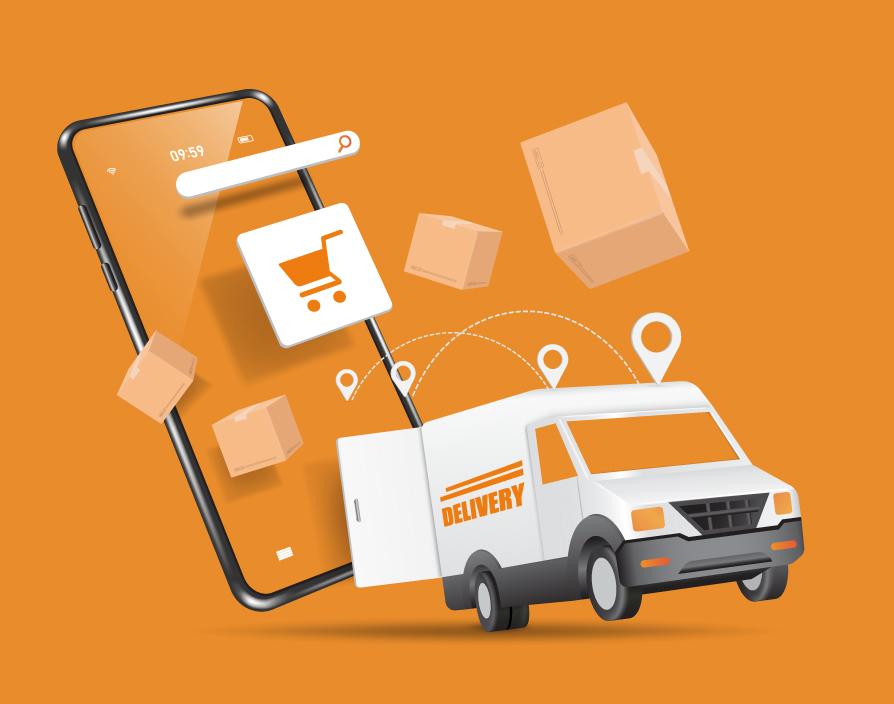The retail world is not as we once knew it. The tables have turned; driven by technology, today’s consumers have declared, “It’s not you, it’s me.” Now, consumers have both the agency and power over retailers, but some brands haven’t fully understood the extent of this shift and are falling behind the pack.
Not only that, but we’re seeing ecommerce juggernauts putting pressure on the rest of the market by nailing the delivery experience. As a result, customer expectations have been pushed even further, and we’re seeing growing customer frustration at the fact that some brands cannot keep to the same delivery promises.
This is no different for the growing retailer or small-to-medium business (SMB) market. With large brands setting the bar higher than ever before, small-to-medium sized retailers must offer faultless delivery and returns to compete on a level playing field. Big or small – all brands can implement innovative technologies to both attract and retain new customers. This means proactive communications, data insights and branded tracking to ensure the customer experience is always front of mind.
Ensuring a seamless post-purchase experience
A seamless post-purchase experience is now considered basic hygiene. In our recent neuroscience report we found that leading retailers (such as Adidas and Nike) are setting the benchmark in this area.
The study revealed that the average customer journey score for a fashion retailer is 80.7 out of 100, suggesting that being ‘good’ is simply not good enough to stand out to customers today. For the SMB market, they need to own this part of the customer experience to stand a chance.
Customers expect to receive notifications at each touchpoint of their parcel journey, so it’s critical to be proactive in your communications with delivery updates. Not only does this offer relief from WISMO (where is my order) queries; it also offers retailers a new communication channel with which to engage their customers.
Established retailers are already experts in this field. Take musicMagpie for example. By automating their communications and sending tracking updates to their customers, they saw a 63% reduction in WISMO queries. Thanks to better reporting and insight, they managed to increase brand control over the customer journey and ensure speedier resolution of queries.
To compete in the current, and very crowded market, growing retailers must be able to offer their customers this same level of customer service.
Perfecting the returns journey
The post-purchase experience doesn’t always end with a parcel’s doorstep delivery. The importance of a flawless returns journey is clear. 89% of consumers identify ease of returns as top priority when purchasing online, with a further 81% saying they would avoid ordering from a retailer if they saw issues with the returns process.
Although overheads tend to be lower for online retailers, they often have substantial shipping expenses, particularly in the case of dropshipping and managing multiple returns locations. Growing pains as an ecommerce shop develops is normal – but these challenges expose the need for a centralised returns portal that provides complete visibility into your customer-side supply chain.
Not only does it greatly reduce the burden of customer support enquiries as you get bigger – it allows you to manage a larger amount of returns.
For retailers, using returns management software automates some of the manual elements of the returns process, freeing up time and focus for other areas. And for customers, if their lives are being made easier, they’re going to be more likely to shop there again.
Making the most out of your data
All retailers want to keep customer returns to an absolute minimum. While some things are just inevitable, such as item damage during shipping, around two thirds of returns are easily preventable with the right processes in place.
This is where data comes in.
Insight into your data allows you to adapt and mould the post-purchase experience, strengthening processes and unlocking more analysis on customer behaviour. While customers get to track the status of their returns in real-time, sales and support teams will have access to data-driven insights that can help them make key decisions.
For example, if a particular product is seeing an unusually high return rate, you’ll know about it right away and have the chance to reduce the rate. With an online return portal, customers can also select their reason for returning products, so you’ll easily be able to identify any causes like high defectivity or ineffective packaging causing damage in transit.
Data-based retail software isn’t just for the corporate giants like Amazon. Using branded tracking enables a business of any size to gain valuable insight into their data.
With almost four out of five consumers agreeing that the more personalisation tactics a company uses, the more loyal they are to that brand, data has never been more important.
Tracking pages allow brands to personalise their content and ads for their consumers (and learn even more about them in the process). Not only does this increase customer retention and upsell opportunities, but more importantly, it offers each customer a unique experience.
Every retailer should have the power to look at consumer behaviour by owning the whole customer journey. This is necessary for SMBs, who need to stand out and ensure they are competing with the corporate retailers who have set the bar high.
The bottom line
All businesses, regardless of the size, should be striving for one thing – customer satisfaction. Not only will increased satisfaction retain your current customers, but their positive feedback will improve your customer acquisition.
With commercial giants leading the way with DX, it’s now more important than ever for SMBs to step up with seamless end-to-end customer journeys if they want to cut through the noise.
Share via:








































